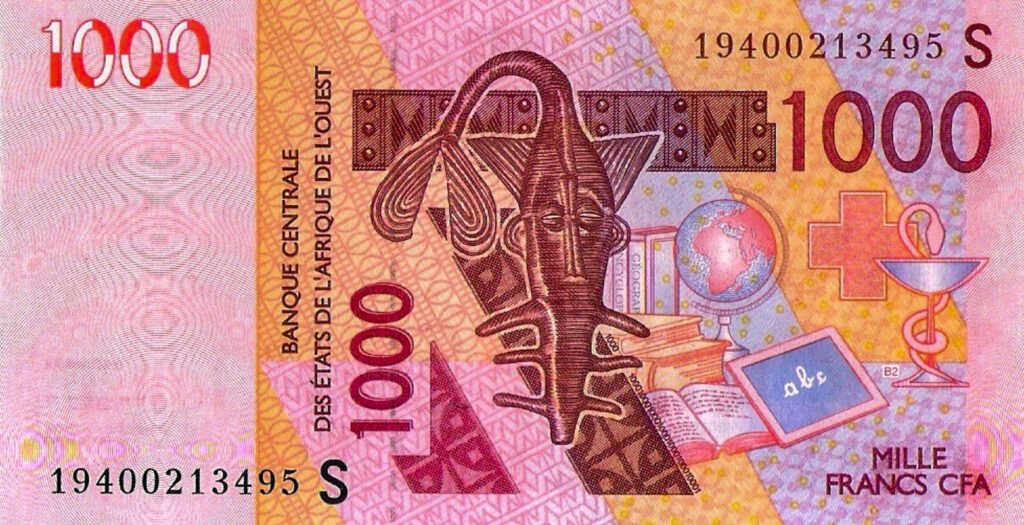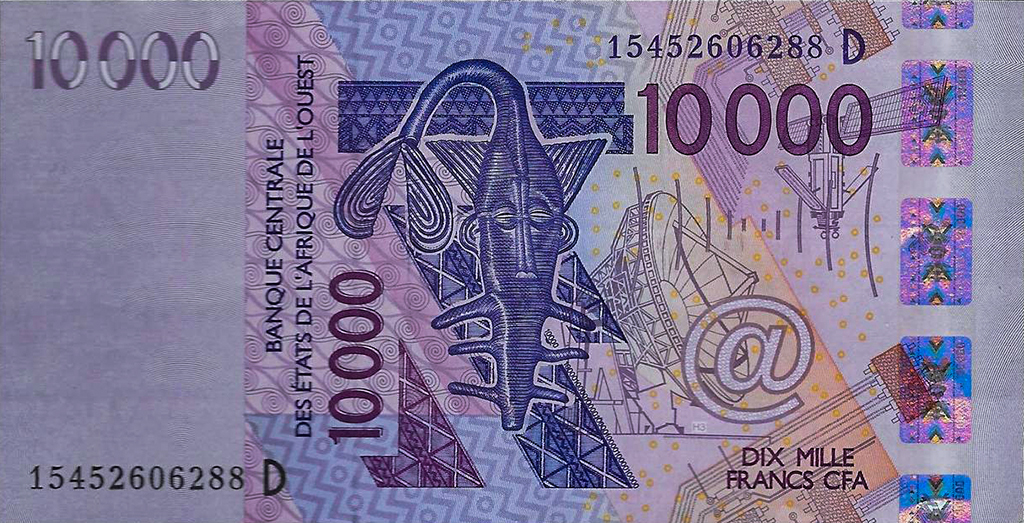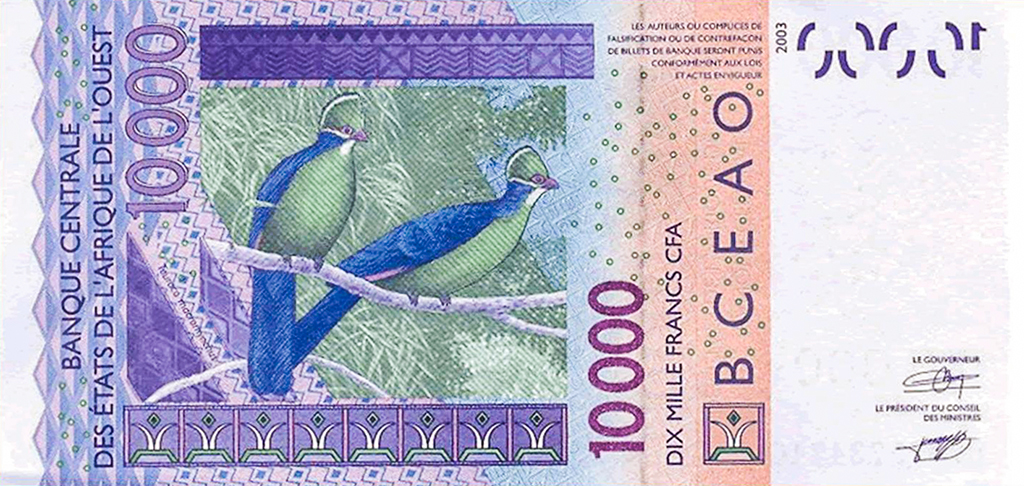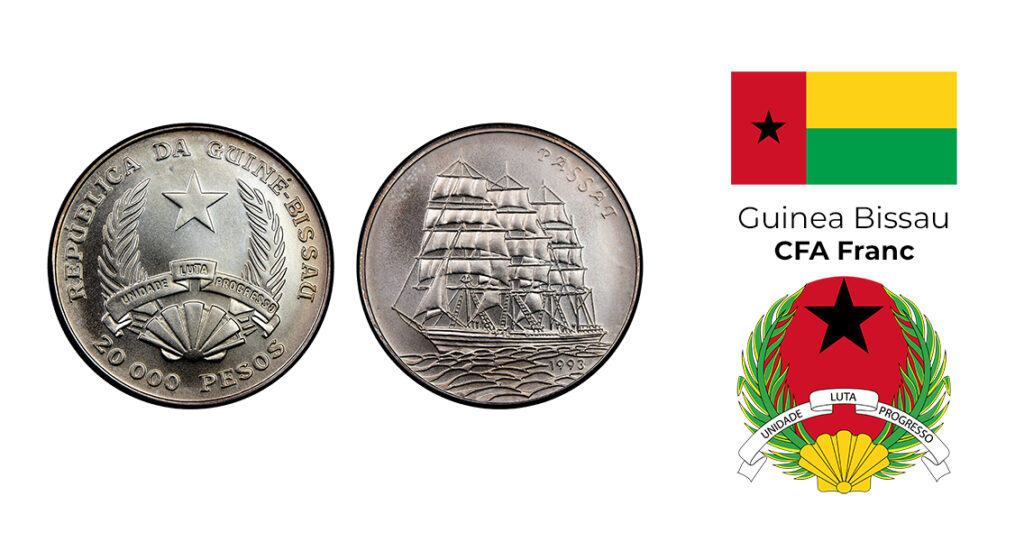
A Saga of Unrealized Dreams – From Escudos to Pesos, and back to CFA Francs
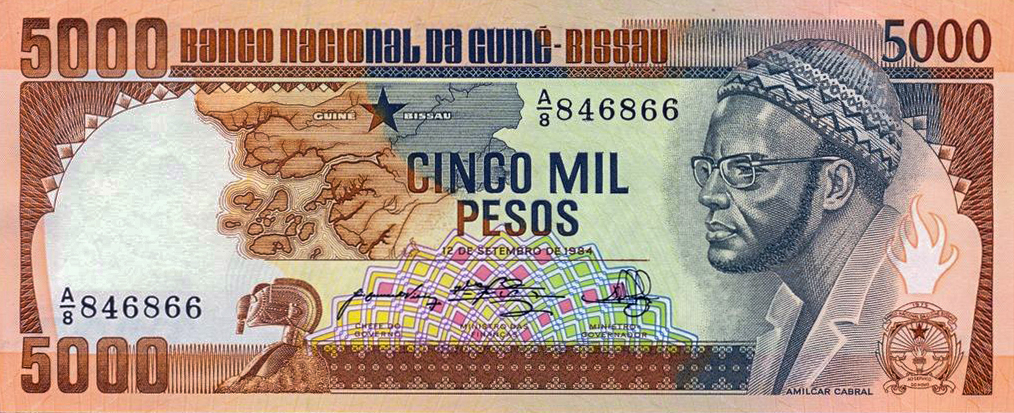
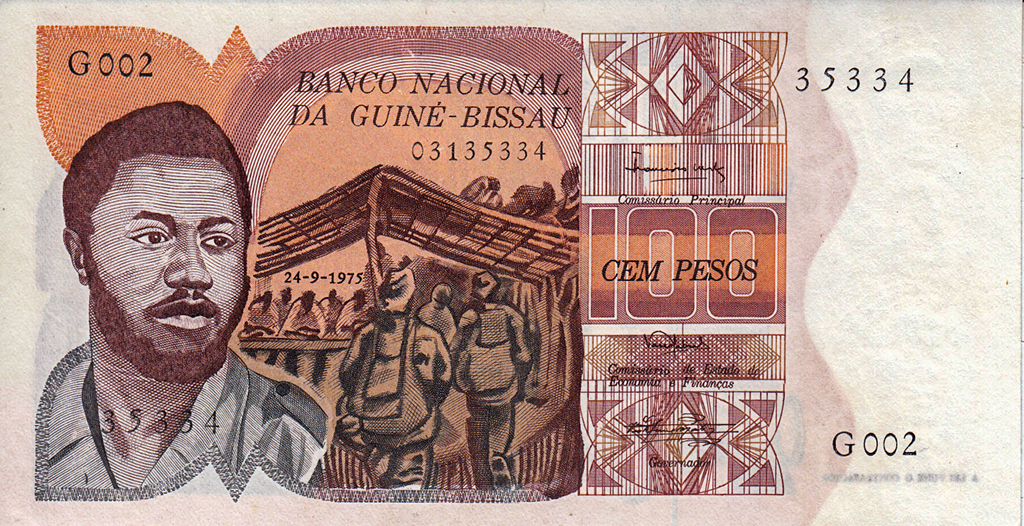
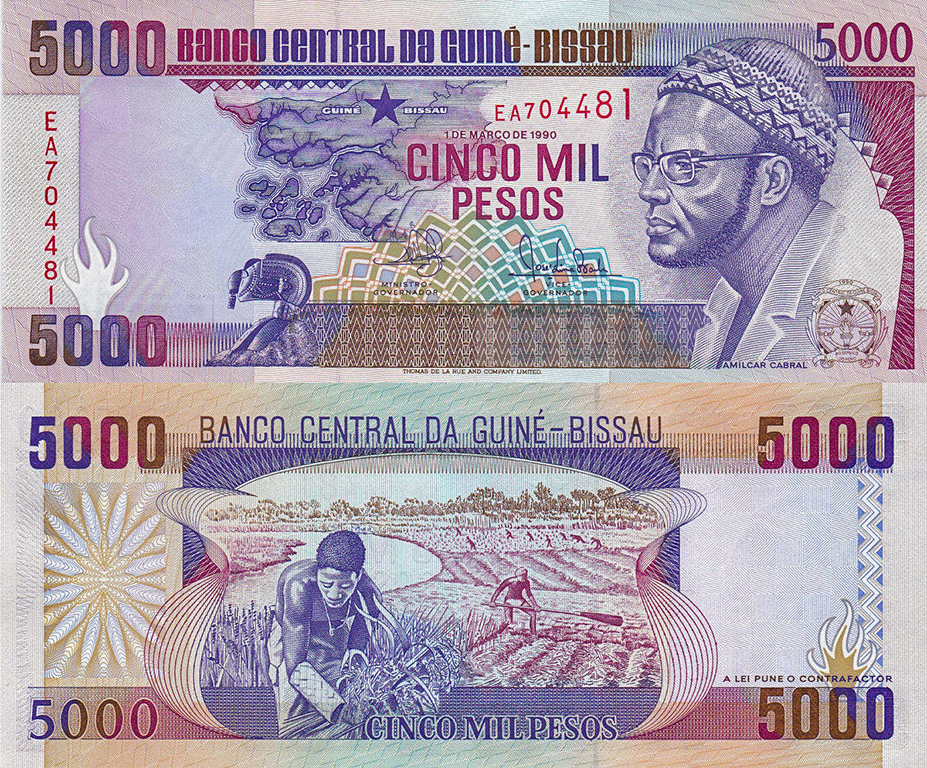
The plight of this erstwhile Portuguese colony on the western coast of Africa is at times difficult to comprehend. A small country with a decent share of natural riches and good conditions supporting agriculture, is still fighting an age old darkness. Devastated by decades of internal strife, civil wars, mismanagement and short-sightedness, Guinea-Bissau presents a future devoid of any hope. Unlike many other African colonies, this ethnically diverse nation had to fight fiercely to earn its independence. Amilcar Lopes da Costa Cabral, a national hero who spearheaded the freedom struggle for Guinea-Bissau and Cape Verde, not organized the local people but also brought-in support from leftist powerhouses of the time. Starting in 1956, the struggle supported by Cuba, Russia and China led Guinea-Bissau to the verge of independence in 1973 when Cabral was assassinated. A year later, in 1974 Guinea-Bissau gained independence.
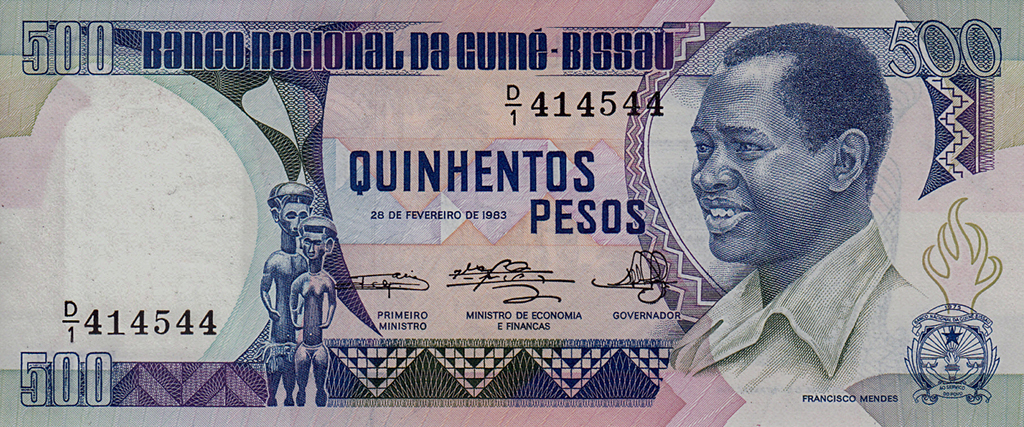
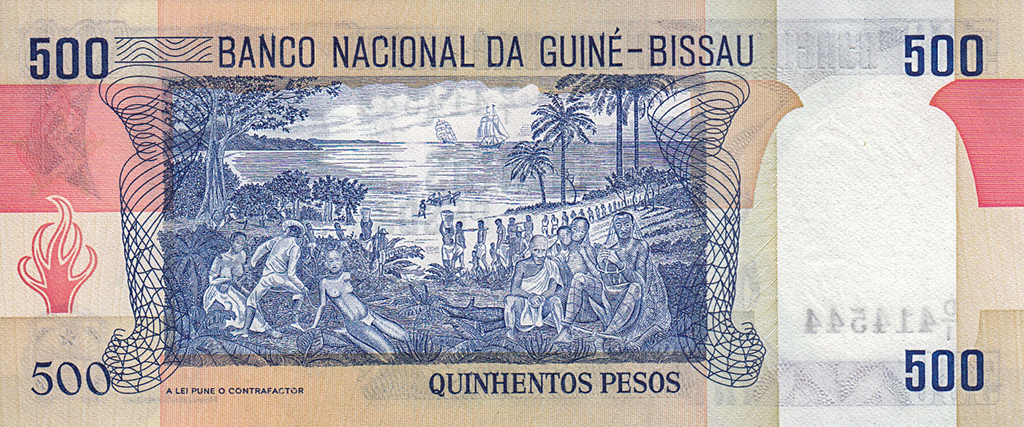
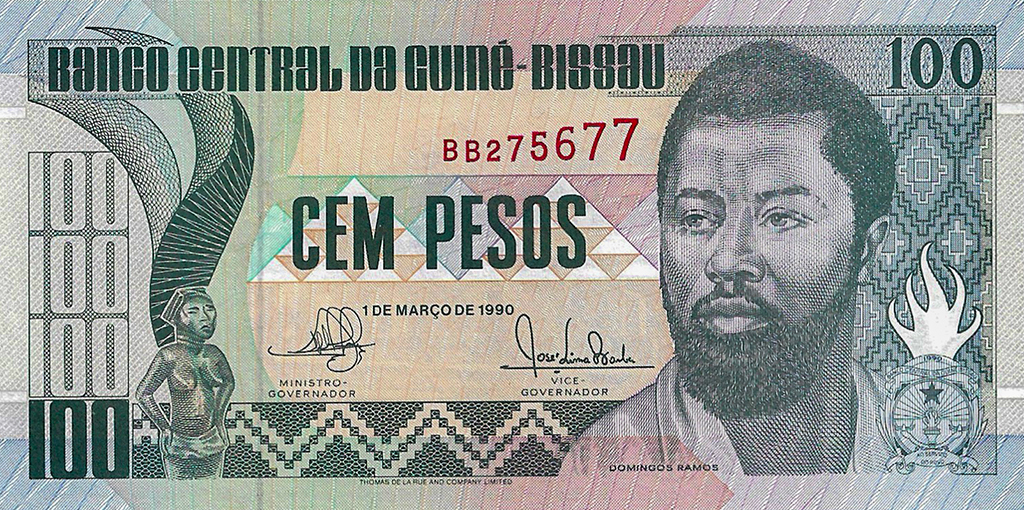
The many promises to freedom and self-determination however have turned out to be hollow and failed to deliver with the country getting slowly engulfed into unwanted coups and civil wars. In 1974, Central bank of “Banco Nacional da Guine-Bissau” was established to take over the colonial monetary system; Peso replaced BNU’s (Banco Nacional Ultramarino) Escudo at equivalence. New series of Peso banknotes were issued in 1976, with year of issue mentioned as 1975. Political instability and change of guards resulted in formation of “Banco Central da Guine-Bissua” in 1989 with first issue of banknotes in 1990. Unable to take stock of the worsening economic situation, Guinea Bissau joined Union économique et monétaire ouest-africaine (West African Economic and Monetary Union) in 1997 adopting CFA Franc (1 CFA Franc = 65 Guinean Peso) as its official currency. Today, Guinea-Bissau lies at the very bottom of quality of life; amongst the lowest in terms of per capita GDP and Human Development Index with over two-thirds of populace surviving below the poverty line.
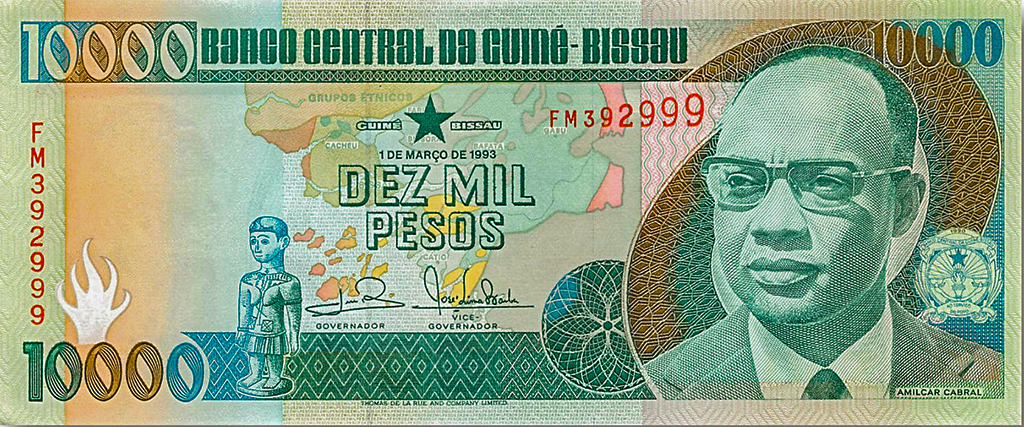
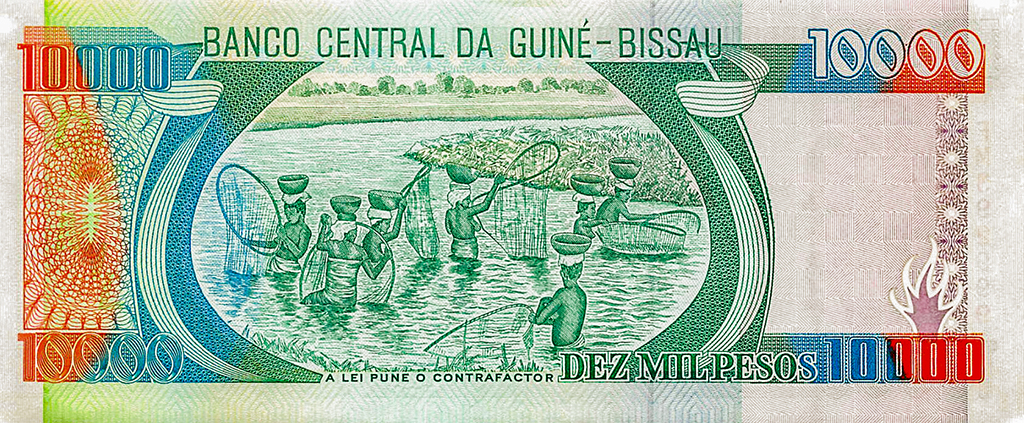

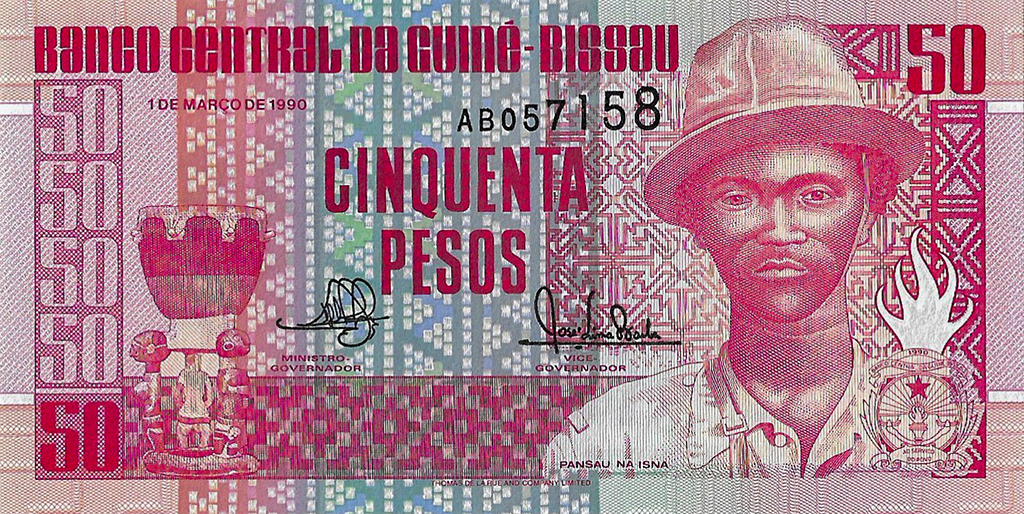
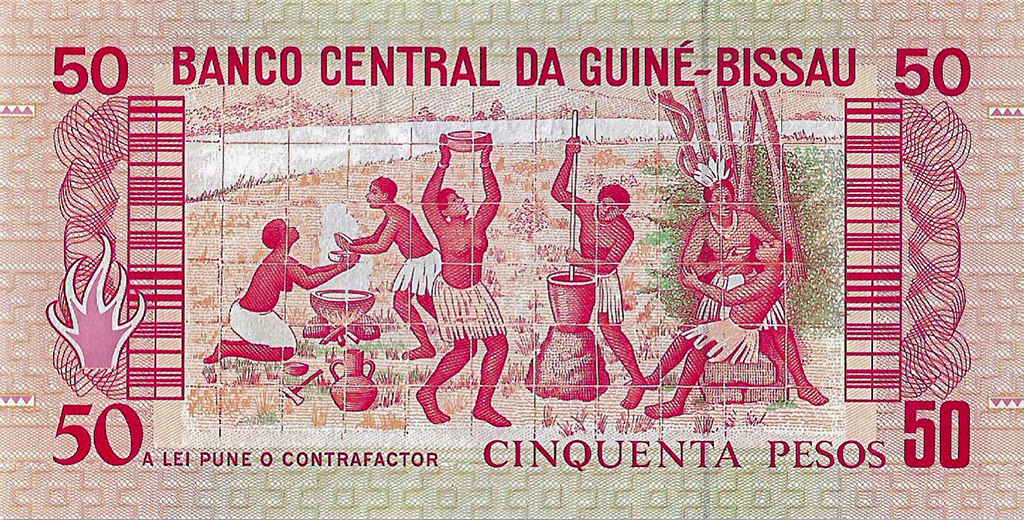
Main-Features | Although, Guinea-Bissau has now adopted CFA Franc, the old Pesos designed between 1976 to 1997 represent the true soul of the deprived nation. It is ironical that in spite of the intense freedom struggle spanning over two decades, the ideas of sovereignty once conceived by the national leaders has been completely lost. Characterized by portraits of national hero Cabral, the front has (i) Numerals for denomination at 3 corners, Serial numbers at two places in both horizontal and vertical alignment (ii) Texts for denomination at center, issuing authority – “Banco Central da Guine-Bissua” in a typical heavy typeface, designation of two signatories (iii) Graphic elements include dominating portrait of Cabral, national emblem (at right bottom), topographical map of Guinea-Bissau in background, and a host of indigenous motifs and geometric designs. At back, numerals are provided for denomination at 4 corners; texts for – denomination and issuing authority – “Banco Central da Guine-Bissua” and Images showcasing the local life – farming and fishing, in addition to line drawings and geometric designs. Printed elegantly by Thomas De La Rue, these Peso banknotes remind us of the freedom struggle and unrealized dreams.
